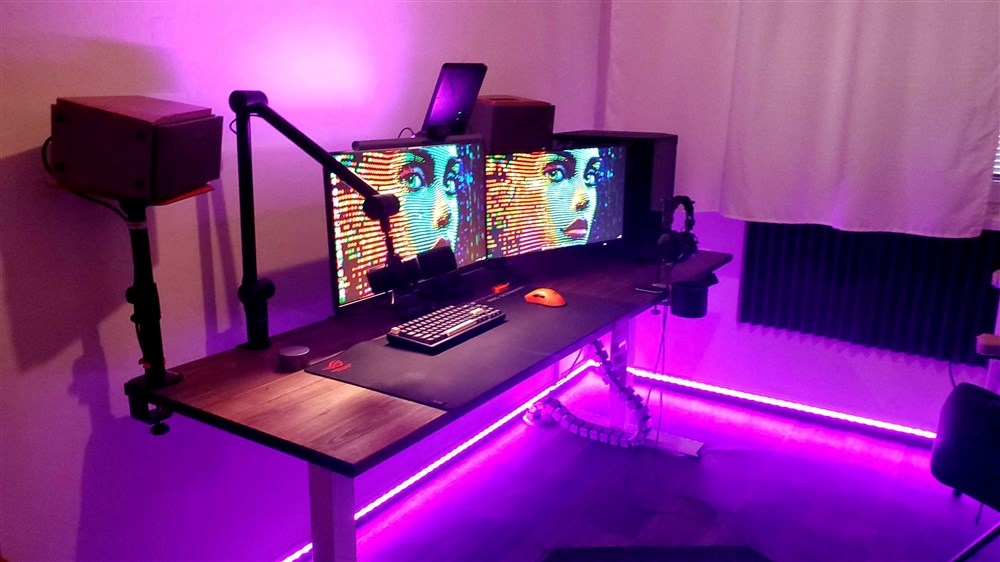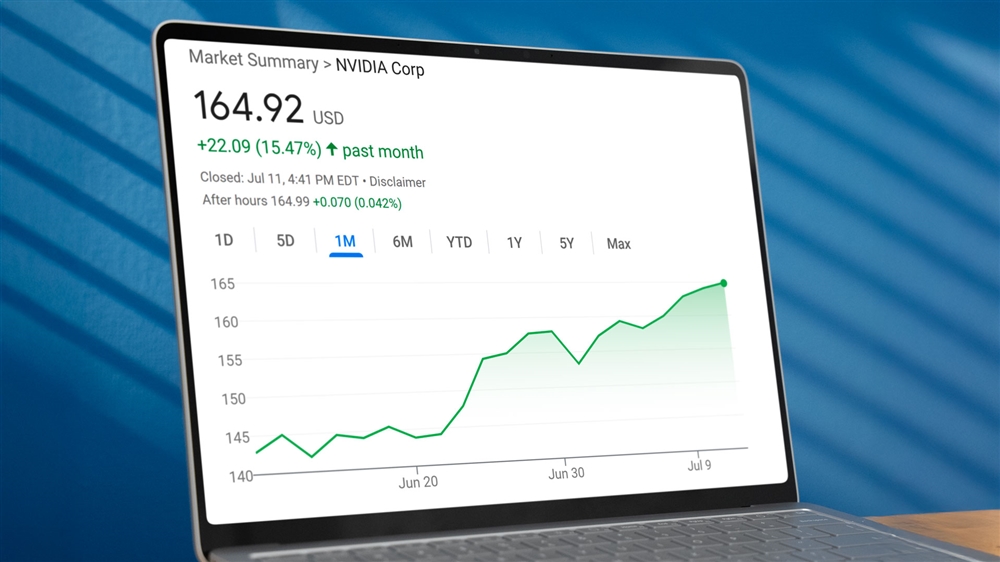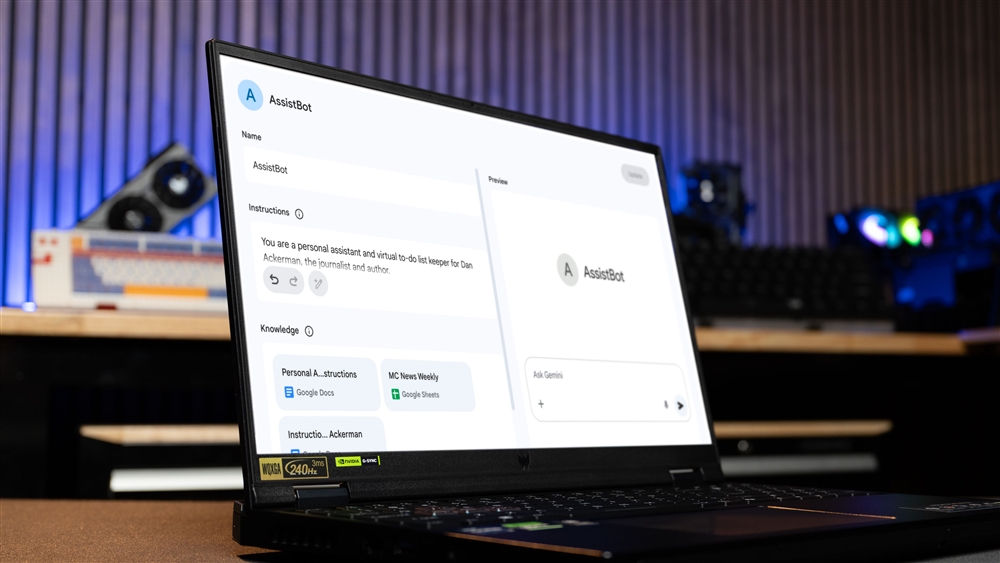What is Wi-Fi 7? The Next Generation of Wireless Technology Explained
Wi-Fi 7, officially known as IEEE 802.11be, makes some significant improvements over the previous standard, Wi-Fi 6E. With faster speeds, greater efficiency, and enhanced capacity, this upgrade is going to eventually be a big part of our increasingly connected homes, where multiple devices demand high-speed, reliable internet simultaneously.
Since more and more new PCs, routers and other devices will be equipped with Wi-Fi 7 by default (thanks in part to Intel's new Core Ultra chips), now is a good time for a quick explainer.
What is Wi-Fi 7?
The key to Wi-Fi 7's advantage lies in its use of three frequency bands: 2.4 GHz, 5 GHz, and 6 GHz. Each band has its strengths, with lower frequencies offering better object penetration (ideal for passing through walls) and higher frequencies providing faster data transmission speeds.
Another key feature of Wi-Fi 7 is its increased channel width. Think of channels as roads on which data travels. Wi-Fi 7’s channels can be as wide as 320 MHz in the 6 GHz band, double that of Wi-Fi 6E, allowing for more data to pass through simultaneously.
Why Upgrade to Wi-Fi 7?
The primary reason to upgrade to Wi-Fi 7 is speed. With its higher channel width and improved Quadrature Amplitude Modulation (QAM), Wi-Fi 7 can handle more data at faster rates. This is particularly good for households with multiple devices all streaming or downloading at once. Wi-Fi 7 also incorporates Multi-Link Operation, allowing devices to connect to a router across multiple channels at once, boosting speed and working around interference.
While Wi-Fi 7 routers are backward compatible with older devices, to get the benefits of Wi-Fi 7, you need both a compatible router and device. These are just starting to appear, including new PCs from Acer, MSI and others.
The Future of Wi-Fi 7
In 2024, more PCs and other devices will become Wi-Fi 7 compatible. Major tech companies like Qualcomm and Apple are expected to roll out Wi-Fi 7 support in their upcoming products, and I'm sure we'll see some of them at CES 2024.
Read more: CES 2024 Preview: AI Takes Center Stage in Next-Gen Computing and Beyond
Micro Center News Editor-in-Chief Dan Ackerman is a veteran of tech news publications including CNET and Gizmodo and has been testing and reviewing laptops for almost 20 years. He's also the author of The Tetris Effect, a Cold War history of the world's most influential video game.








